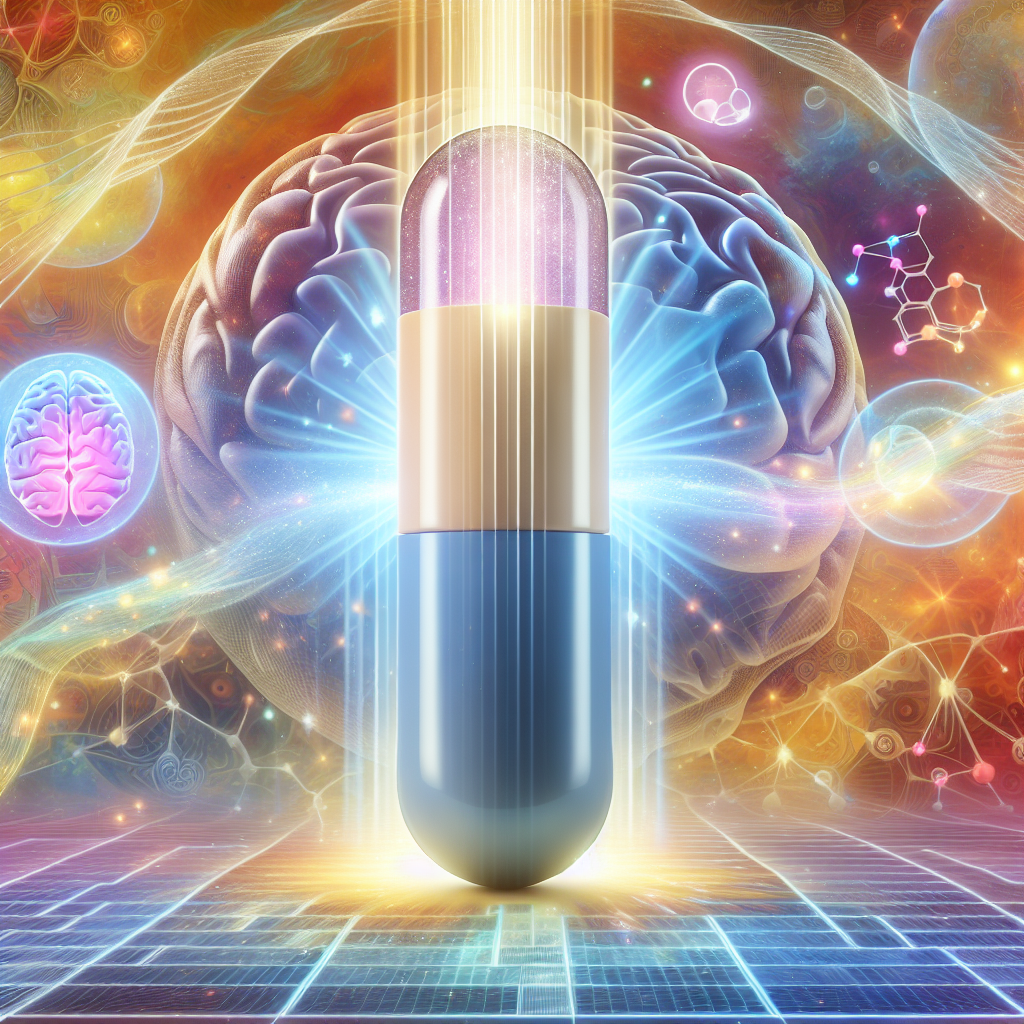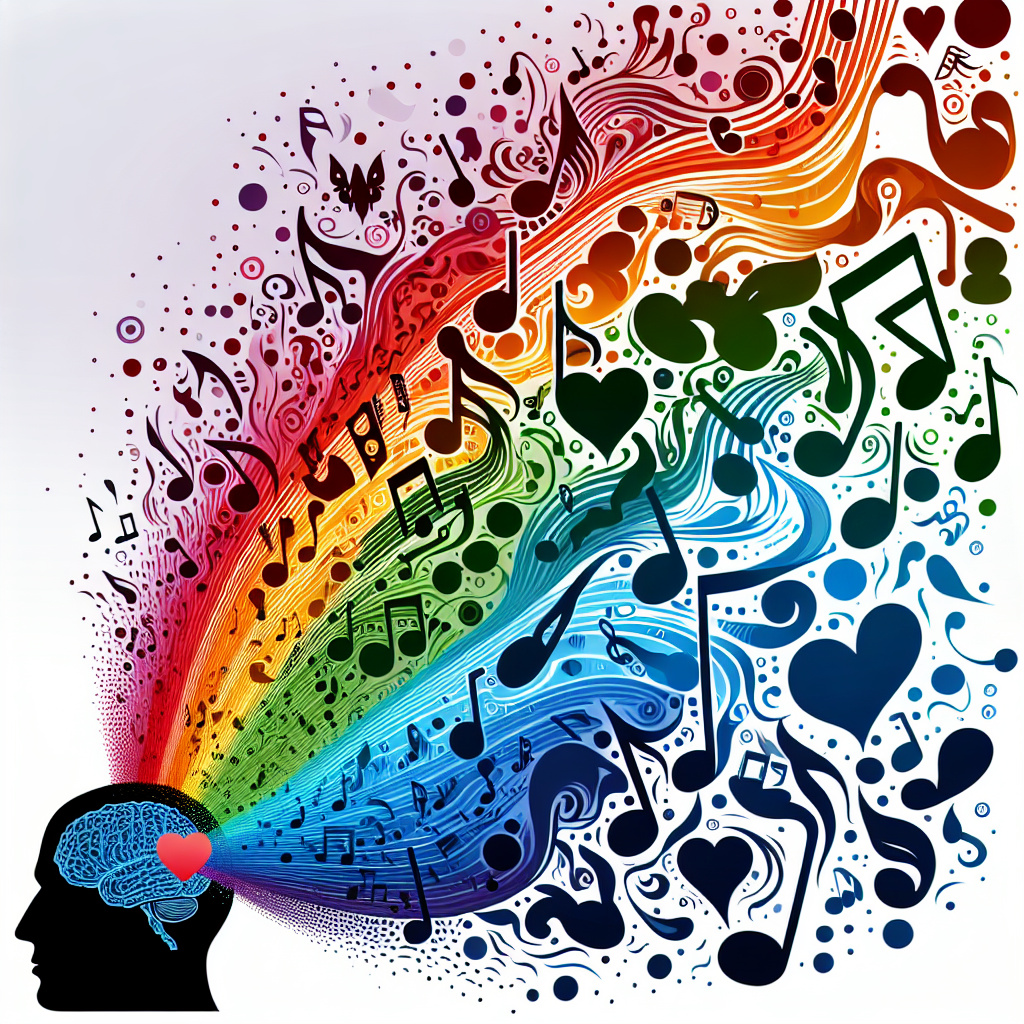The human mind has always been one of the most mysterious forces in science, capable of defying logic, altering perception, and even influencing the body’s physical state. Among its most fascinating tricks is the placebo effect — the phenomenon where believing you’re being treated can actually make you feel better, even when the “treatment” is nothing more than a sugar pill or a saline injection. This strange but well-documented effect reveals just how deeply intertwined our minds and bodies truly are.
The placebo effect first entered medical consciousness in the mid-20th century, when researchers noticed that patients in clinical trials often improved even when they were given fake treatments. What began as an inconvenient variable soon became a subject of study in its own right. Scientists realized that the expectation of healing alone could trigger real physiological changes — changes measurable in the brain, hormones, and immune system. For example, when someone takes a placebo painkiller, their brain often releases natural opioids, the same chemicals that actual painkillers trigger. In other words, the body becomes its own pharmacy.
This response is not just about gullibility or imagination. The brain’s belief in a treatment can activate neural pathways that control symptoms like pain, fatigue, and anxiety. Functional MRI scans have shown that placebo treatments light up the same brain regions as real drugs. In conditions like Parkinson’s disease, placebos can even cause the brain to release dopamine — a chemical crucial to movement — temporarily improving motor function. The effect isn’t permanent, but it’s proof that faith in a cure can literally reshape brain chemistry.
Interestingly, the power of the placebo doesn’t depend solely on the pill or injection itself but also on context. The color, shape, and even price of a pill can influence its effectiveness. Red or orange pills tend to work better as stimulants, while blue ones are perceived as calming. Injections tend to outperform pills, and elaborate medical rituals — white coats, hospital rooms, or complicated-looking equipment — amplify the perceived authenticity of treatment. Even the doctor’s attitude plays a role: a confident, caring physician can make a placebo more effective than a skeptical or detached one. The placebo effect, in this sense, is as much social and psychological as it is biological.
What’s even more mind-bending is that the placebo effect can work even when patients know they’re taking a placebo. In studies where participants were told, “This pill contains no active medication, but it may help because of the placebo effect,” many still experienced real improvement. This “open-label placebo” shows that the body’s response doesn’t depend on deception but on the ritual and meaning of treatment itself. Simply engaging in the act of self-care — taking a pill, visiting a doctor, following a routine — can signal the body to begin healing.
Of course, the placebo effect has limits. It can’t shrink tumors or cure infections. But it can ease symptoms, reduce pain, and improve quality of life, especially for conditions heavily influenced by perception, such as chronic pain, depression, or irritable bowel syndrome. This doesn’t make it any less real — in fact, modern medicine is increasingly trying to harness it. By understanding how expectation and belief interact with biology, doctors hope to design treatments that combine the best of both worlds: pharmacology and psychology.
In the end, the placebo effect isn’t about fooling the patient — it’s about revealing how belief itself can be a form of medicine. It reminds us that healing is not just a mechanical process but a deeply human one, where the stories we tell ourselves — about our health, our doctors, and our bodies — can become self-fulfilling. The next time you start to feel better after taking something “for your own good,” remember: it might not be the pill doing the work, but your mind unlocking the body’s hidden potential.




